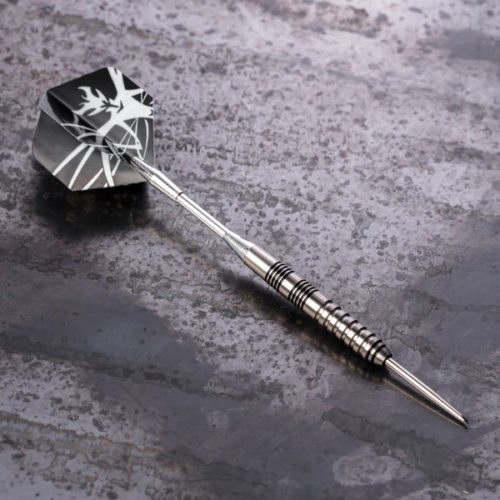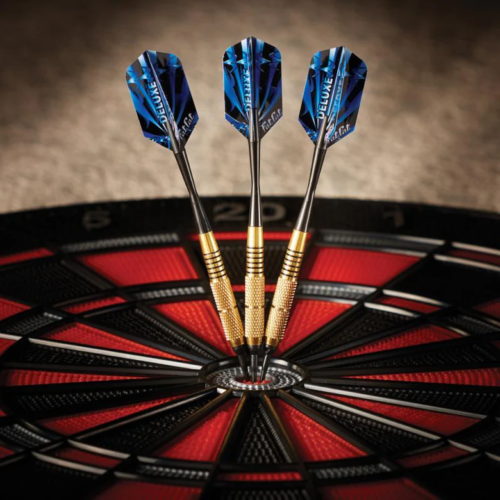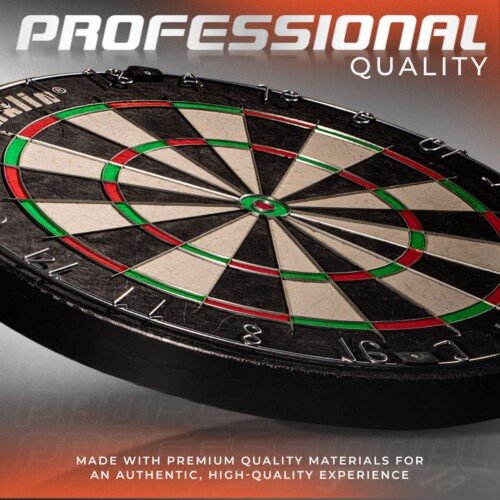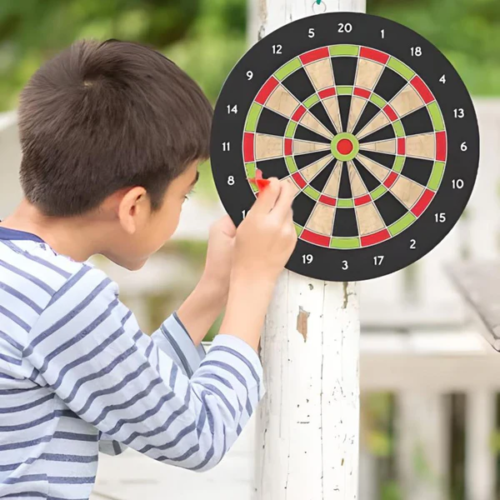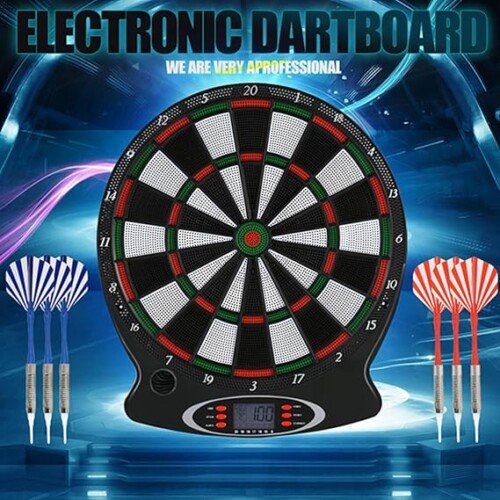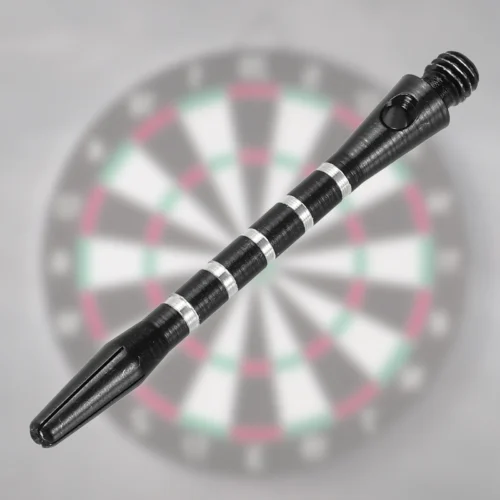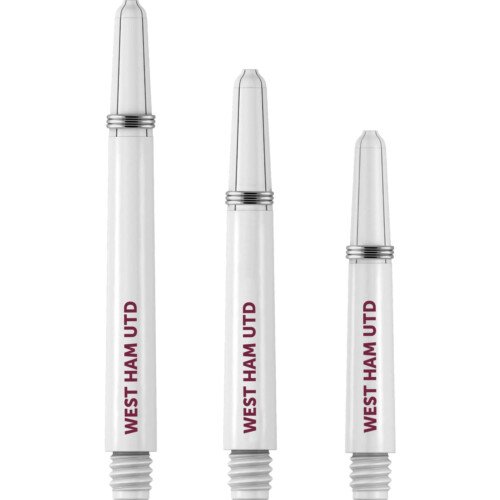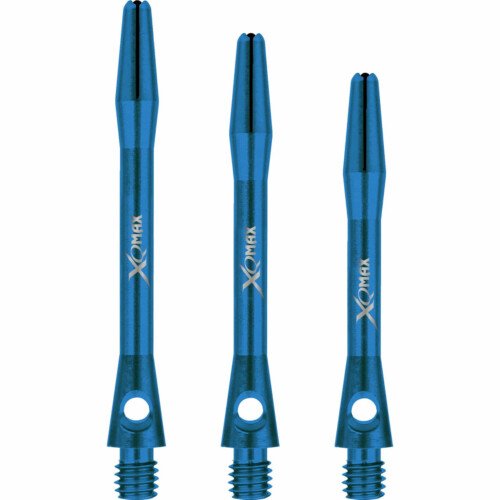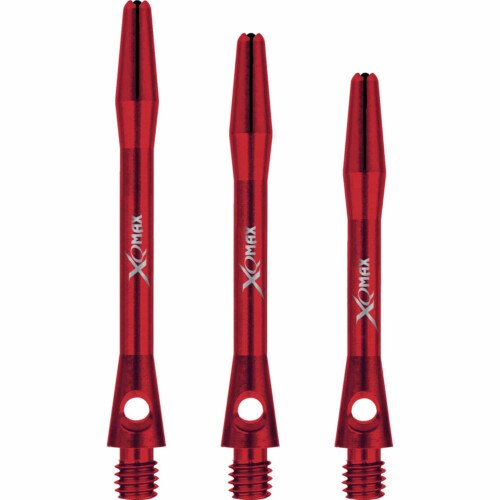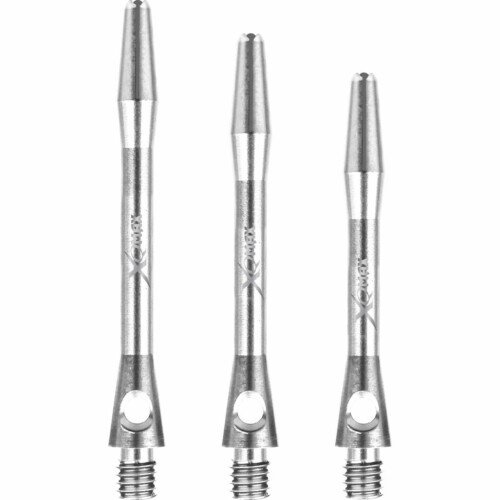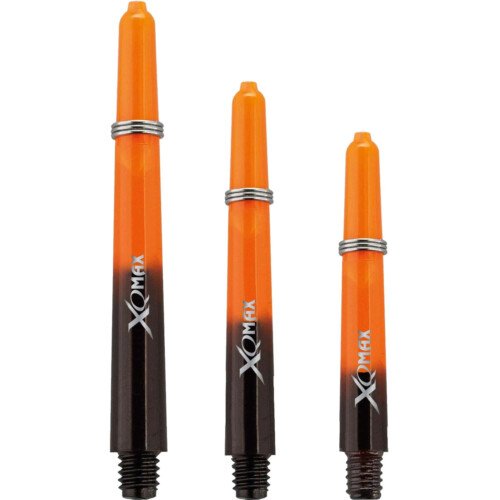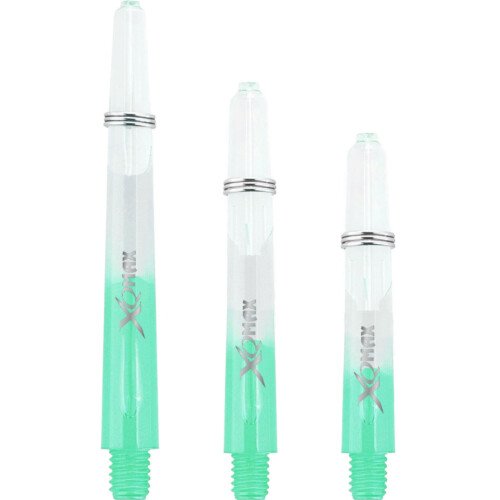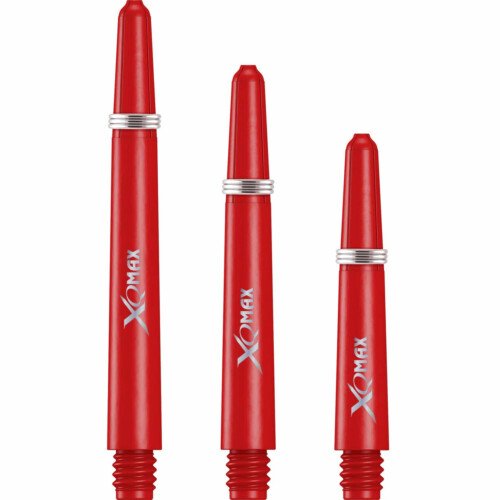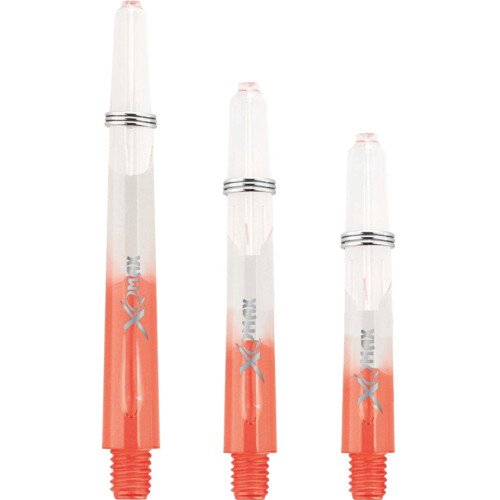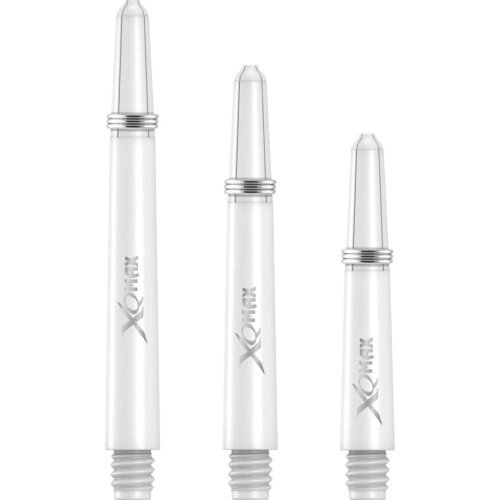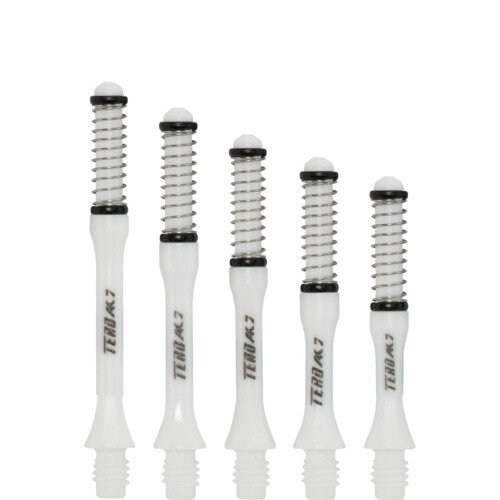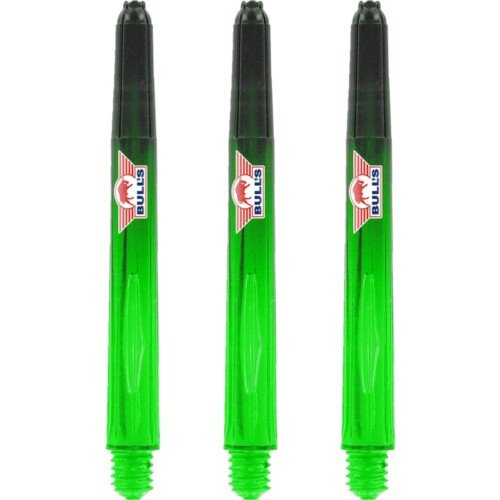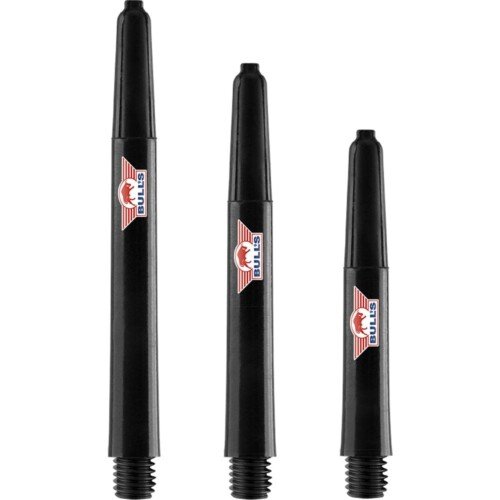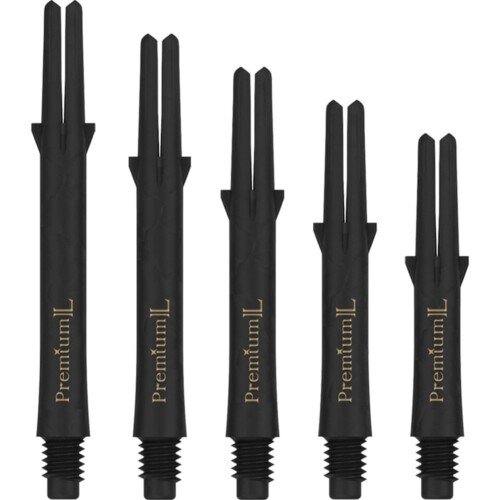Dart Board
Enhance your game with our high-quality dart board, designed for precision and durability. Whether you’re a casual player or a seasoned pro, our dartboards offer the perfect surface for accurate throws and long-lasting performance. Ideal for home or competitive play, So we are selling professional, kids, home, safe, electronic and digital darts on boards.
Shop DartBoard
A dart board is a specialized target used in the game of darts. It is designed to facilitate accurate scoring and fair play in the game. The dartboards is usually made of sisal fibers, which are tightly packed together to create a durable and self-healing surface that can withstand repeated impacts from darts. The dartsboard is divided into 20 numbered sections, each with its own point value. The numbers are arranged in a non-sequential order around the board, with the higher numbers clustered together in the middle and lower numbers on the outer edges. This arrangement is designed to make the game more challenging and strategic, as players must aim carefully to hit the higher-scoring sections. The dartboard also has a bullseye, which is divided into two sections: the outer bullseye (worth 25 points) and the inner bullseye (worth 50 points). The bullseye is the most valuable target on the dart boards, and hitting it requires a high level of skill and precision. The dartboard is mounted on a wall or a stand at a specific height and distance from the players, according to the official rules of the game.
Dart Boards Categories
Explore our Dart Board Collections crafted for precision, durability, and a superior playing experience. Whether you’re a beginner or a seasoned player, our range offers premium dart boards to suit every skill level and style. Find the perfect dart board to enhance your game today
-
Soft Tip Darts (15)
Soft tip darts are designed with a flexible plastic tip, making them ideal for use on electronic dart boards. Unlike steel tip darts, which are used on traditional bristle boards, soft tip darts are safer and more versatile, making them perfect for home use, bars, and tournaments. The soft tip dart tips are replaceable, ensuring longevity and consistent performance. -
Professional Dart Board (109)
A professional dart board is a must-have for enthusiasts who take the game seriously. Designed with precision, durability, and performance in mind, these boards provide the perfect platform for competitive gameplay, whether at home, in a pub, or during a tournament. -
Magnetic (4)
Magnetic dart boards are the ultimate combination of fun and safety for players of all skill levels. Whether you’re looking to enjoy a friendly game at home or add an exciting activity to your office or game room, magnetic dart boards are a versatile and engaging choice. -
Kids Dartboard (9)
Does your child have a darts fever too? Our collection of dartboards for kids is perfect for teenagers who want to try the game for themselves. Kids dartboards are usually electronic or magnetic and use soft darts on an electronic board. Darts are great for improving math skills. This site has a lot of safe and age-appropriate dartboards for kids… -
Electronic Dart Board (26)
Soft tip darts are also great for homes with small children, as the tips are made of plastic. These tips will not damage walls or floors, but we do recommend supervising small children while they are playing. Soft tip is a game that can be enjoyed by all ages and is very popular in some parts of the world, such… -
Dart Shafts (386)
The dart shaft, also known as the dart shaft, is the part of the dart that attaches to the shaft and holds the flight in place at the other end. It's an important item and Darts Corner stocks hundreds of shafts in all kinds of colors and materials, so there's one to suit every player. Use the filters to narrow…
Dart Board Products
Explore our premium dart boards, crafted for accuracy and durability. Perfect for beginners and pros, our dart boards ensure hours of fun and precision. Shop now for high-quality dart boards to upgrade your game room
-
- Dart Shafts
West Ham United FC – Official Licensed – Nylon Stems – White
- $1.00
- Select options This product has multiple variants. The options may be chosen on the product page
-
- Dart Shafts
XQMax Aluminium Dart Shafts – Metal Dart Stems – Black
- $1.20
- Select options This product has multiple variants. The options may be chosen on the product page
-
- Dart Shafts
XQMax Aluminium Dart Shafts – Metal Dart Stems – Blue
- $1.20
- Select options This product has multiple variants. The options may be chosen on the product page
-
- Dart Shafts
XQMax Aluminium Dart Shafts – Metal Dart Stems – Silver
- $1.20
- Select options This product has multiple variants. The options may be chosen on the product page
-
- Dart Shafts
XQMax Gradient Dart Shafts Black & Green
- $0.90
- Select options This product has multiple variants. The options may be chosen on the product page
-
- Dart Shafts
XQMax Gradient Polycarbonate Shafts – Black & Orange
- $0.90
- Select options This product has multiple variants. The options may be chosen on the product page
-
- Dart Shafts
XQMax Gradient Polycarbonate Dart Shafts Black & Red
- $0.90
- Select options This product has multiple variants. The options may be chosen on the product page
-
- Dart Shafts
XQMax Gradient Dart Shafts Transparent & Green
- $0.90
- Select options This product has multiple variants. The options may be chosen on the product page
-
- Dart Shafts
XQMax Gradient Polycarbonate Shafts – Transparent & Black
- $0.90
- Select options This product has multiple variants. The options may be chosen on the product page
-
- Dart Shafts
XQMax Polycarbonate Shafts – Solid Colour Logo – Red
- $0.66
- Select options This product has multiple variants. The options may be chosen on the product page
-
- Dart Shafts
XQMax Gradient Polycarbonate Dart Shafts – Transparent & Red
- $0.90
- Select options This product has multiple variants. The options may be chosen on the product page
-
- Dart Shafts
XQMax Polycarbonate Shafts – Solid Colour Logo – Black
- $0.66
- Select options This product has multiple variants. The options may be chosen on the product page
-
- Dart Shafts
XQMax Polycarbonate Shafts – Solid Colour Logo – White
- $0.66
- Select options This product has multiple variants. The options may be chosen on the product page
-
- Dart Shafts
Cuesoul Dart Shafts – Tero Flight System – AK7 Slim – White
- $9.95
- Select options This product has multiple variants. The options may be chosen on the product page
-
- Dart Shafts
Bulls Airstriper Shafts – Polycarbonate – Clear Green
- $2.10
- Select options This product has multiple variants. The options may be chosen on the product page
-
- Dart Shafts
Bulls Airstriper Shafts – Polycarbonate – Clear Yellow
- $2.10
- Select options This product has multiple variants. The options may be chosen on the product page
-
- Dart Shafts
Cuesoul Dart Shafts – Tero Flight System – AK7 Slim – Ice Clear
- $9.95
- Select options This product has multiple variants. The options may be chosen on the product page
-
- Dart Shafts
L-Style – L Shafts – Premium Carbon – Black – 190
- $32.95
- Select options This product has multiple variants. The options may be chosen on the product page
New collection for dart board
Shop Premium Dart Boards for Ultimate Precision and Fun
Discover top-quality dart boards designed for precision, durability, and endless fun. Perfect for casual players and professionals alike, our premium dart boards enhance every game room. Shop now and elevate your dart-playing experience

